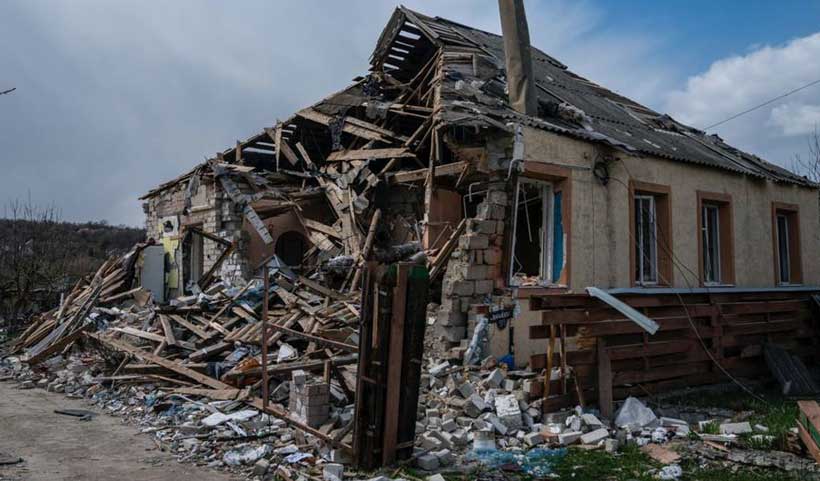The United States has created a 28-point peace plan aimed at ending the war in Ukraine, which is currently being reviewed by Ukraine, Russia, and various European nations. The plan largely aligns with Russia’s desires but also presents some proposals that may be hard for Moscow to accept, such as requiring its forces to withdraw from certain areas they have captured.
Key points of contention include Ukraine having to give up the rest of the Donetsk region, which includes cities like Sloviansk and Kramatorsk that remain under Ukrainian control. Ukraine’s President, Volodymyr Zelenskiy, has previously stated he will not give up any territory. The agreement would solidify Russia’s control over four regions it claims—Luhansk, Zaporizhzhia, Kherson, and Donetsk—as well as make Crimea’s annexation permanent.
The plan suggests compromising on the status of the Zaporizhzhia nuclear power station, dividing its operation between Russia and Ukraine, though Russia might not be satisfied with a “de facto” recognition of the territories as Russian. Russian troops would not be permitted to remain in part of Donetsk that Ukraine would cede, creating a neutral buffer zone, and would also have to withdraw from Kharkiv and Dnipropetrovsk.
Western nations have frozen approximately $300 billion of Russian assets in Europe as punishment for the war. Russia seeks to have these assets unfrozen, threatening repercussions against the European Union, which plans to loan money to Ukraine from these frozen assets. Under the U. S. proposal, Russia would need to pay $100 billion to the U. S. to assist in Ukraine’s reconstruction, with the U. S. obtaining half of the profits from this process.
Ukraine would be unable to seek reparations for damages through legal means under the plan, and Zelenskiy would have to abandon aspirations for Ukraine to join NATO. The NATO alliance would guarantee not to admit Ukraine, and Ukraine’s constitution would reflect this commitment. NATO would also promise not to expand further, addressing one of Russia’s primary demands.
While the plan mentions “robust” security guarantees from the U. S., it lacks specifics, and NATO troops could not be stationed in Ukraine. The Ukrainian military size would be limited to 600,000 troops, less than the current size, which Ukraine previously resisted. Furthermore, Ukraine would need to give up plans to legally pursue Russia for war crimes.
Additional clauses include Russia’s potential re-entry into the Group of Eight and greater economic partnership with the U. S. in sectors like energy. Lastly, the plan calls for Ukraine to engage in “de-Nazification,” criticizing purported anti-Russian sentiment, which Ukraine disputes.
With information from Reuters


